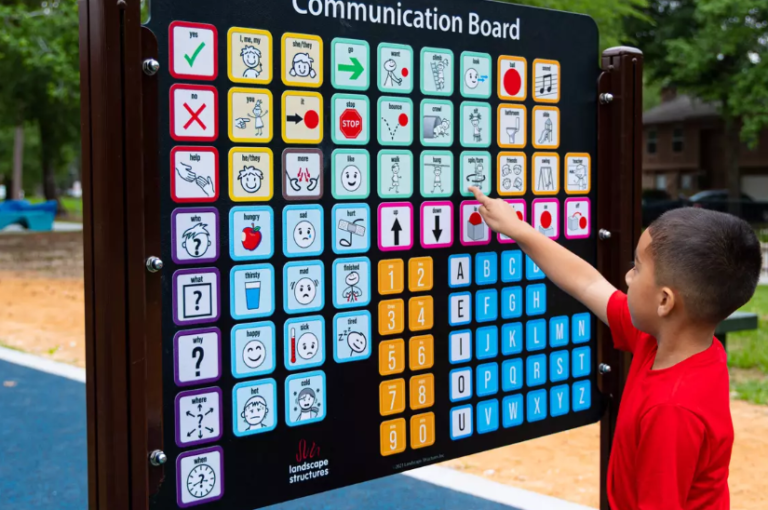Issue: Questions in the classroom too often fails to engage powerful thinking.

Questioning is an integral part of everyday life in the classroom. It is what teachers do all day long. Traditionally, questions are asked, students answer and more questions are asked. Such questions might be clarifying questions, focusing questions, or questions without answers. Research has looked at the kinds of questions that teachers typically ask, and has made some key discoveries and drawn some critical conclusions. It is not entirely surprising that the majority of questions are either rhetorical or procedural, often related to student behavior (i.e. questions to encourage self-regulation or questions to promote positive learning behavior). Often questions simply require the retrieval of information or are used to encourage participation. If we hope to encourage deep learning for our students, questions need to shift to ensure the opportunity for connections and deeper thinking are at the center of student learning.
Research tells us that questions which propel learning and spark curiosity are used less often than desired in classrooms.Therefore, as educators, we need to make an effort to ask powerful questions that promote inquiry, wonder and discovery, to help propel learning forward, and to arrive at deep understanding. When used this way, retrieval questions are valued because they check for understanding and allow for consolidation through the use of relevant evidence.
Possible Solution: Purposeful use of Powerful Questions that promote learning.
As we began to explore current research on quality questioning and questioning that encourages deep thinking, it became clear that questioning needs to begin with teachers asking themselves “What is my purpose?” In other words, why am I asking this, where are students at in their learning journey and what does this mean for the kinds of questions I might ask and how I might sequence them?
According to Ritchart. pg 221 2015, a more flexible way to approach questioning is for teachers to understand that “goals and expectations drive the questions that are asked”. Questions can be used to model teacher interest in the ideas explored, help students to construct understanding or to help students’ clarify their own thinking. For example, essential or big idea questions might be used to set the stage or frame what an investigation is . There are times when questions are predetermined in order to help students go deeper with the content. Other times, the questions emerge organically as the learning unfolds. We respond to students’ curiosity and interest through the ebb and flow of conversation in the classroom.
There are times when teachers ask questions to check for understanding and to assist students in making their own learning visible. Questions can launch/provoke learning, or consolidate learning. As well, there are times when questions are asked to help students explain and justify their thinking or to intentionally recall a concept/fact to ensure accurate understanding to support their thinking. It is increasingly clear that questioning is a dynamic process.
What will you try in your classroom to take questioning to the next level? Share below!
References
Creating Cultures of Thinking- The 8 Forces We Must Master to Truly Transform Our Schools, Ron Ritchhart, 2915, BP Printing.








